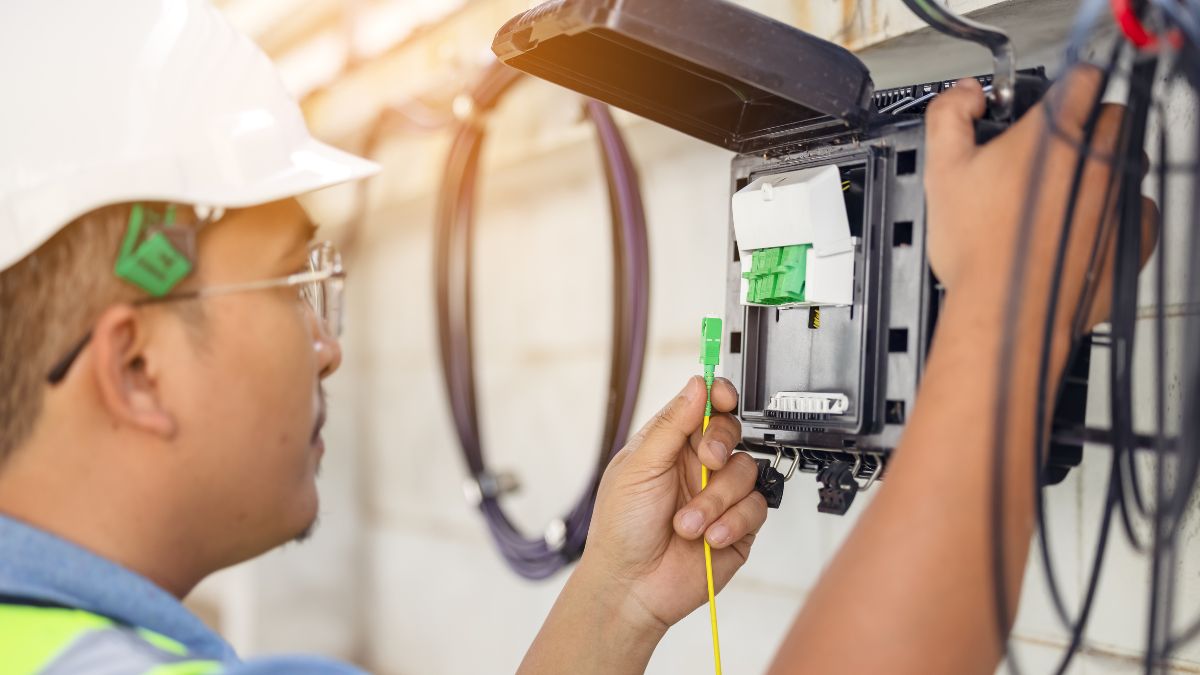

Even though fiber optic technology deployment has advanced significantly, there are still large coverage and accessibility gaps. To close these gaps and realize the full benefits of connection for all Americans, the fiber network must be developed more quickly. The best internet connectivity options are fiber optic networks, which provide unmatched capacity, speed, and dependability. Fiber networks use light to transfer data, which makes communication quicker and more effective than with conventional copper-based systems. High-bandwidth applications like streaming, telemedicine, and smart city technologies are supported by these networks, which also offer the scalability needed to accommodate future needs. Access to fiber networks is essential for maintaining competitiveness in a world where almost every industry is driven by digital revolution.
Although fiber optics has many benefits, many obstacles prevent its widespread use in the United States. First, a major obstacle is the expensive cost of developing infrastructure. It is especially challenging to expand services to underserved and rural regions since fiber deployment requires a significant investment of time, money, and regulatory permissions. Second, projects may be delayed by regulatory obstacles such as zoning laws and right-of-way permits. Finally, market rivalry frequently leads to neglected rural areas and overlapping services in lucrative metropolitan centers.
Government and private sector cooperation may support and expedite the installation of fiber, especially in regions where market incentives are inadequate. Tax breaks and government subsidies can entice private investment in less lucrative areas. Infrastructure development delays and costs can be decreased by streamlining permitting procedures and harmonizing state laws. The time and cost of installing new fiber networks can be greatly decreased by making use of already-existing utility poles, ducts, and rights-of-way. Consumers can gain from more competition among internet service providers since it can spur innovation and reduce costs. Policies that support equitable market access and prohibit monopolistic activities are essential. Involving local communities in the planning and development process guarantees that initiatives are in line with regional objectives and needs, which promotes wider acceptance and support.
By providing funds for broadband projects in underprivileged areas, federal programs like the Broadband Equity, Access, and Deployment (BEAD) program seek to close the digital divide. These initiatives are essential for bringing fiber networks to underserved and rural areas. The United States can guarantee the long-term competitiveness and viability of its infrastructure by giving fiber-optic technologies top priority within these programs.
Fiber network expansion is not only a technological necessity but also a social and financial one. Innovation, inequality, and quality of life are all improved in a linked country. Adopting comprehensive measures to expedite fiber rollout will be crucial as the United States continues to emphasize digital transformation, ensuring that all Americans can reap the benefits of seamless access.
In conclusion, the growth of the fiber network is essential for the United States to prosper in a globalized world as it is the foundation of the digital era. Through the implementation of strategic investments, policy change, and community participation, the country may expedite its journey toward universal fiber connectivity, while promoting innovation and equity for future generations.
Visit our website at https://www.nextelle.net/.
#FiberNetwork #Internet #InternetConnectivity #InternetConnection #NextelleWireless











